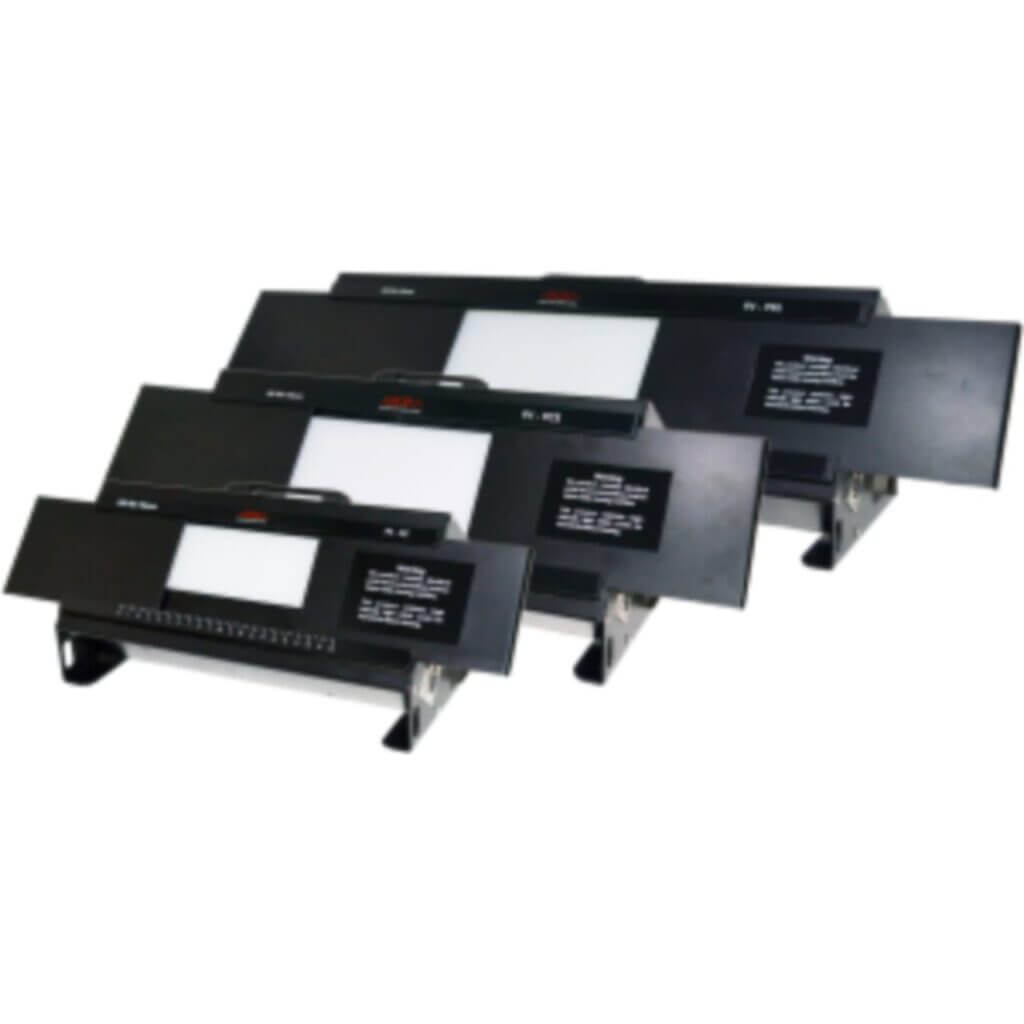- Manufacturing
Radiography Testing
Eddy Current Testing
- Distribution
Ultrasonic
Electro Magnetic
- Automation
- Support Services
- About Us
- Contact Us

How to Select a Film Viewers
The success of Radiography in Non-Destructive Testing (NDT) not only lies in the inspection, but also on the interpretation of radiographs. The correct interpretation can only be done if the operator uses the Film Viewer which is manufactured and operated as per International standards and keeping the industrial requirement in mind. Here, we shall discuss some of the major points a user shall look into while selecting a Radiography Film Viewer:
Light Source
Intensity
Design & Construction:
Heating:
International Standards and References:
An ISO 9001:2015 Certified Company
©2024 Arora Technologies (P) Limited, All Rights Reserved